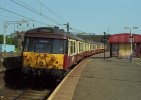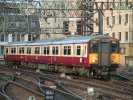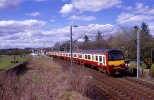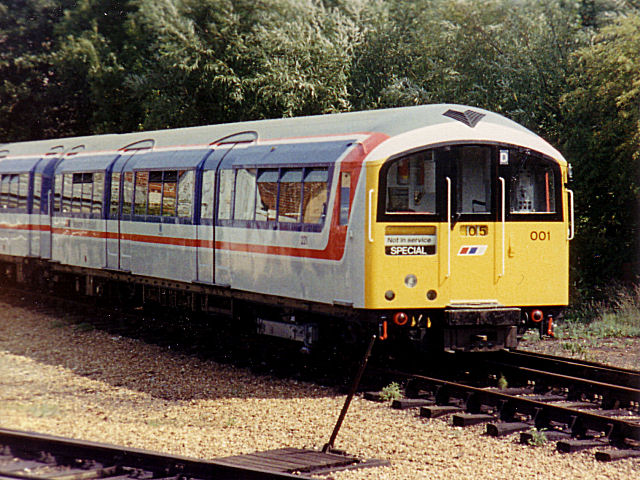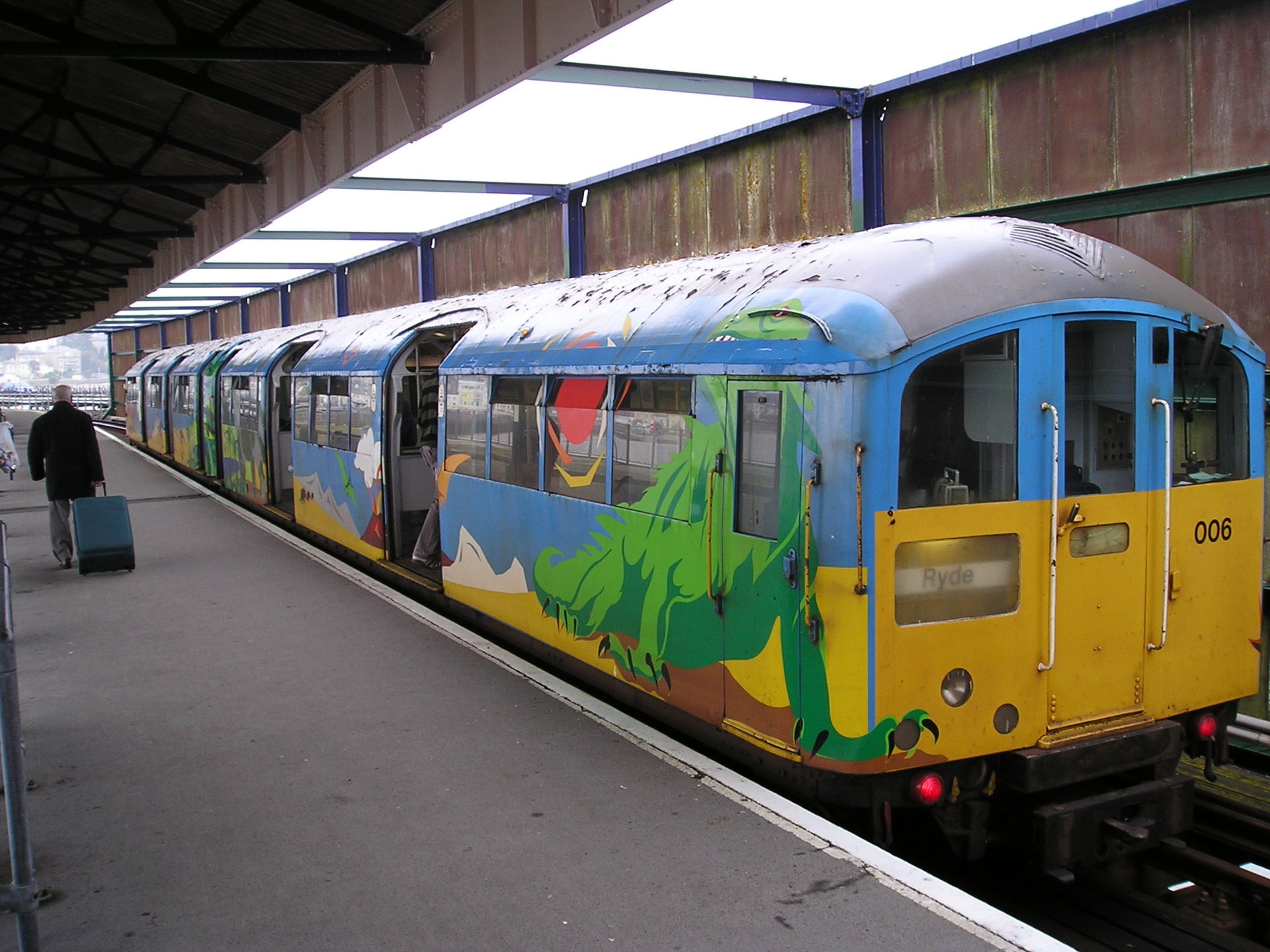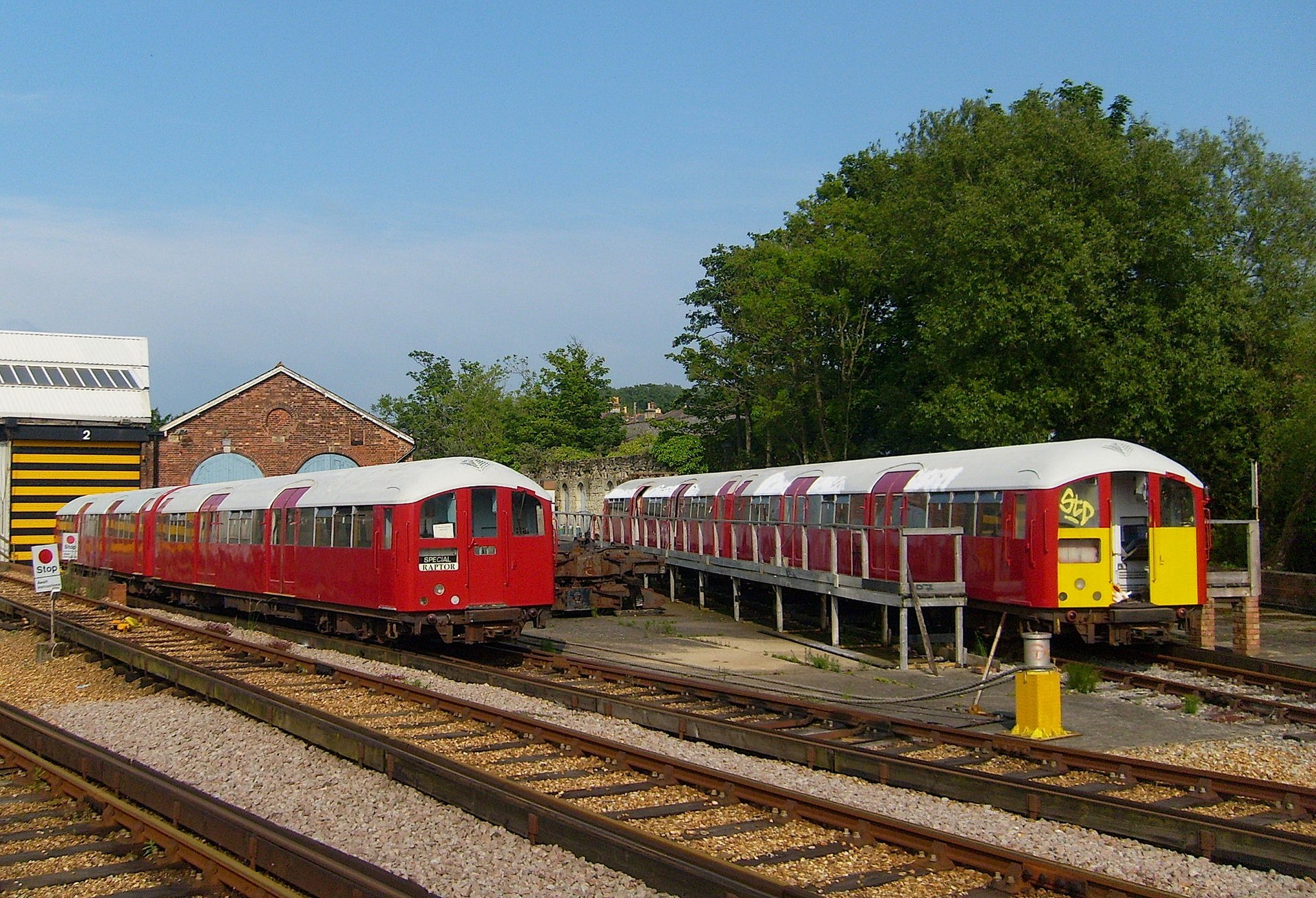I would say that the most important thing in a livery is it being suited and adapted to individual trains' shapes. As said before, Virgin Trains were the best example I can think of, with the difference between their Pendolinos and Voyagers being recognisable but the livery being distinctive. Avanti just seems like they didn't consider the shape of the Pendolino before they applied their livery. I think that with yellow front ends not being required anymore, we have a real opportunity for colour on the network, but it hasn't really been utilised. Obviously colour and distinctiveness are also extremely important - with GWR and GNER doing these well. Govia Thameslink is a little boring but I suppose it works. West Midland Trains is one I wanted to love but I just can't. Those are just my thoughts.
Some very good points there (welcome to the Forum btw!)
Too many liveries seem designed "on paper" with no thought for how it'll look on an actual train - one that will operate in both directions, one that will get dirty, one that will have to have different colours of doors to the main body (for accessibility reasons)...
The worst example these days is the new livery on Stagecoach buses, which looks like a pretty enough palate for some things but the complicated swooshes and swoops are broken up by the windows/ doors (and any advertising) - as well as the obvious problem of plain white white skirts after splashing through too many puddles
Whereas the original "Barbie" livery on First buses worked really well - plain dark skirt (hides dirt well and made sure that it was easier to replace damaged panels, given how many bumps/scratches a bus can have - you don't want your vehicles to look like they have had bad luck with accidents or that a replacement panel sticks out like a sort thumb because it's a plain colour rather than having all of the patterns that it should). A splash of pink (thinnish stripe, not overbearing like some wacky/zany colour schemes are with the majority of the vehicle painted in some vivid lime/ orange/ turquoise). The "swoosh" to convey the impression of momentum and to "hide" the rear wheel (rather than a lot of schemes, which seem to be designed by some Ad Agency who forget that their clever patterns will be broken up by awkward necessities like wheels/ windows!). Obviously the "barbie" swoosh wouldn't work so well on a train, given that they operate in both directions, but it was fine on a bus.
Regarding the "vivid" colours - I think that
some are needed, but trains look "cheap" if too much is applied. A sober suit/shirt can be broken up by a brighter tie, but you wouldn't wear a suit/ shirt in the same pattern as that tie unless you wanted to look a bit "Colin Hunt from the Fast Show". But a train without any brighter colour can lack visual appeal (e.g. the current ScotRail livery needs more of the lighter blue). A an example, I think that Central Trains would have looked better in deep blue with a splash of bright green, rather than the predominantly bright green livery (with a splash of dark blue) that they opted for.
Rail wise, whilst I found GNER a bit of a Curate's Egg (over-rated by a lot of enthusiasts, despite the fact that they were ignoring "provincial trains and setting up bus links with connecting fares instead), they got the livery very good - simple, fairly upmarket (deep blue and red, understated patriotism?), a splash of colour to stop it looking too dull, easy to replicate on station signs/ staff uniforms etc - I can see why GC went for a "coincidentally" similar approach for their Open Access services on the ECML!
British Rail seemed to understand these things fairly well in later years (I still maintain that BR were much better at branding/ liveries/ presentation than they were at actually running trains) - the dark colours across the windows and the colourful stripe beneath it to denote the "sector" worked well, even if the bottom half of the train looked fairly "beige".
Similarly, BR took the awkward ugly grilles of the HST Power Cars and used them to create the big dynamic "Z" that conveyed the impression that the train was moving at high speeds - that's a great example of dealing with the actual problem of the shape of the train rather than coming up with a snazzy design and then trying to force it onto the actual vehicle as an after thought
The contrasting doors have messed up the simplicity of a number of liveries - I suppose some kudos to London Midland who seemed to design theirs around the doors of a 350 (although it can be a problem when a livery is designed to suit one type of bus/train but then looks terrible on other vehicle shapes) and kudos to Virgin who had the clever idea of black/white doors that stand out enough from the grey bodies to comply with the visibility requirements but also blending in reasonably when seen from a distance so that the aesthetic isn't too messed up
A few liveries were very good without being perfect. I liked the National Express version of ScotRail but there was too much white for me - I think it'd have worked better if the (darker) purple was swapped with the white at the bottom of the trains. I thought that the VTEC idea was pretty good, with the buffet car being highlighted as well as ensuring that the diagonal swoosh was in the right direction for the movement of the train - but the red/white felt a little to "light" - the "original" Virgin colour scheme of red and black might have been better, or at least some darker skirt? VTEC had the relative luxury of being able to implement something on just two types of trains (two similar types), rather than the complication of something like FGW where a stylish swoosh can look good on a dynamically shaped 125mph train but a bit OTT on a boxy 75mph train.
The current trend of white/grey trains with a medium colour (e.g. red) for the doors seems to acknowledge the problem of complying with legislation but really highlights the TOCs with a regular cleaning regime versus the TOCs who don't put their units through a carriage wash very often!
So, in summary:
- Predominantly dark colours, especially at the window surrounds
- Horizontal lines work better than vertical/ diagonal
- A splash of colour but not too much
- Take windows/doors into consideration at the design stage, rather than finding them an awkward afterthought
- It's going to get dirty (especially in winters), so design your livery so that it still looks okay without needing repainted every fortnight
